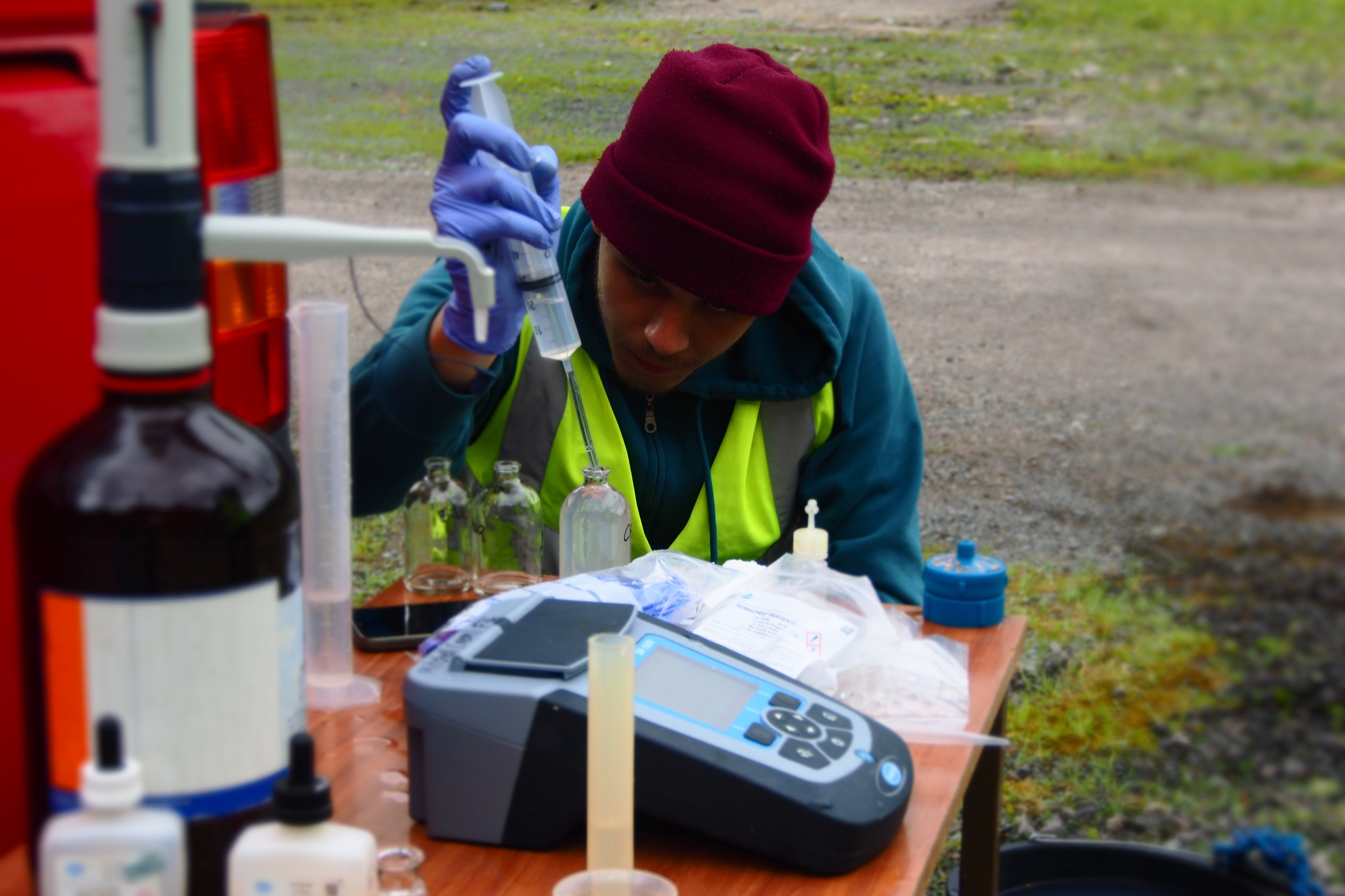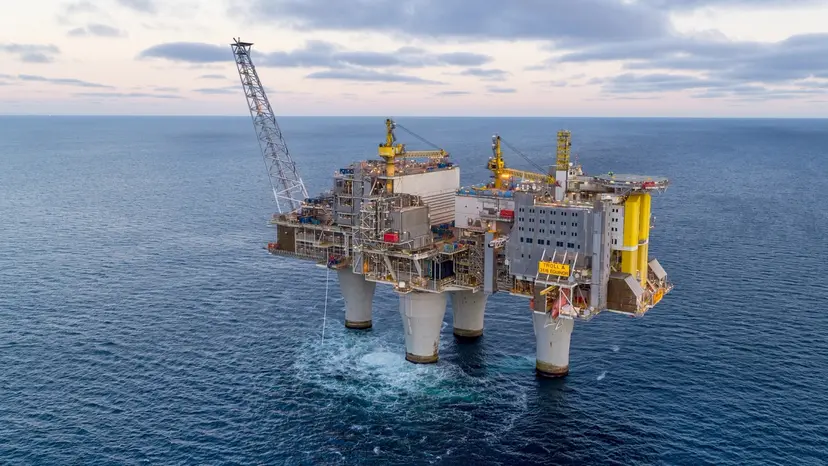The UK has been actively developing geothermal energy from disused mines, although the project has received less attention than other renewable systems.
Geothermal energy currently contributes less than 0.3 per cent of the UK's annual heat demand, there is significant potential for growth. The first deep geothermal project in years was the Eden Geothermal in Cornwall, opened in 2023, followed by the Gateshead mine water scheme supplying heat to a district network. However, with an estimated one-quarter of UK properties located above abandoned coal mines, the potential for geothermal heating is large, estimates suggesting it could provide all the heat needed for the UK for the next 100 years and meet 20 per cent of electricity consumption.
Now scientists have overcome one obstacle, mapping the microbes thriving in south Wales’s abandoned coal mines. The team of microbiologists from Aberystwyth University sampled the water flowing out of old mine workings in south Wales and used advanced DNA sequencing to analyse bacterial populations and map the multitude of microbes present.
Bacteria can impact geothermal energy capture in many ways, including by affecting the chemistry of the water used, corroding pipes, and biofouling, the accumulation of biological substances on the heat transfer surfaces which reduces performance and efficiency.
Professor in microbial geochemistry at Aberystwyth University, Andy Mitchell, said: “The water in flooded coal mines is a vast underused source of low-carbon energy which could heat homes and businesses across Britain. Until now, evaluating the potential of this resource as a geothermal heat source has involved temperature testing and assessing whether water can be successfully extracted and reinjected into a different coal seam after heat has been recovered. However, it is also vital to understand how microbial activity might affect the long-term viability of mine water heat exchanger installations.”
© 2019 Perspective Publishing Privacy & Cookies






Recent Stories